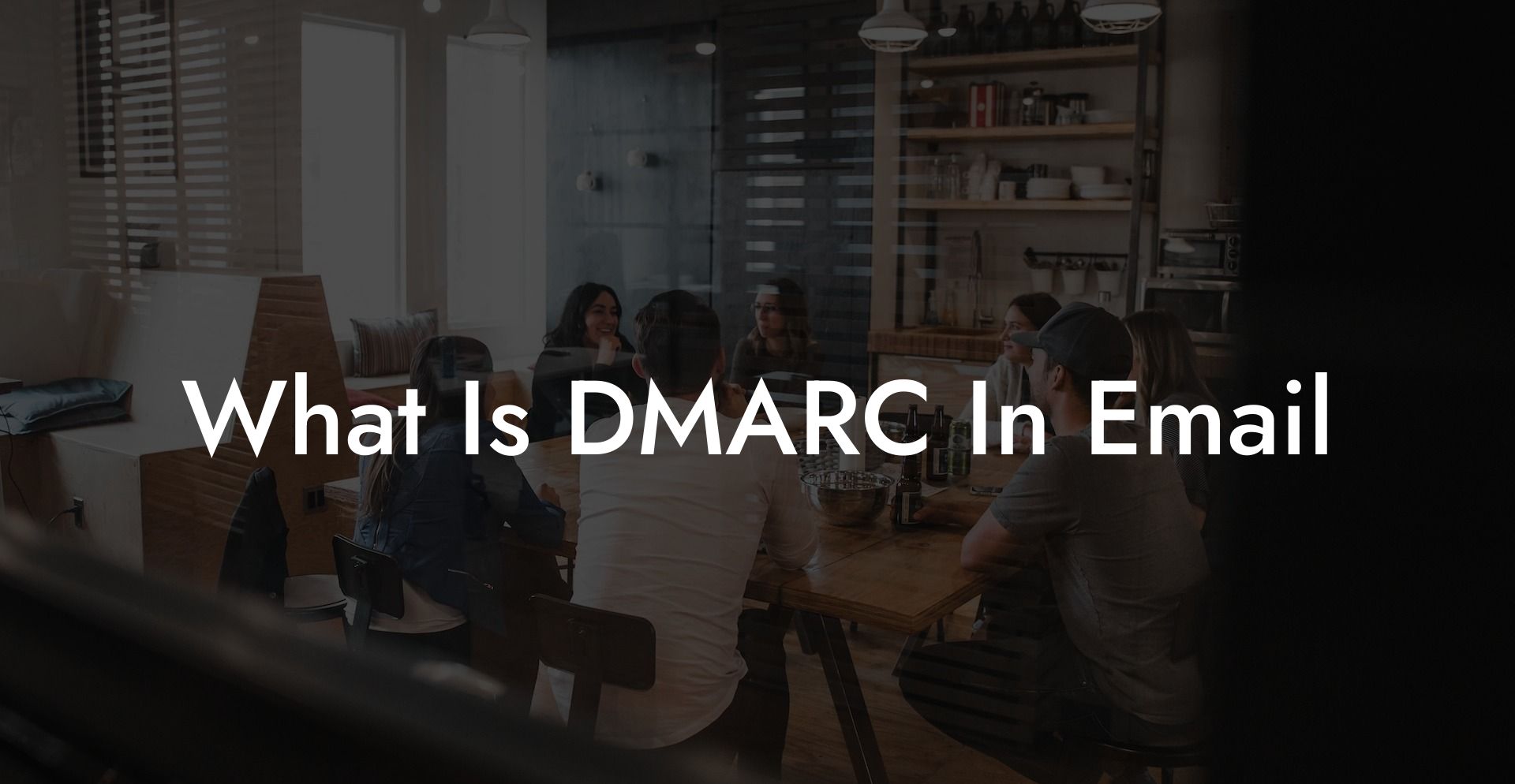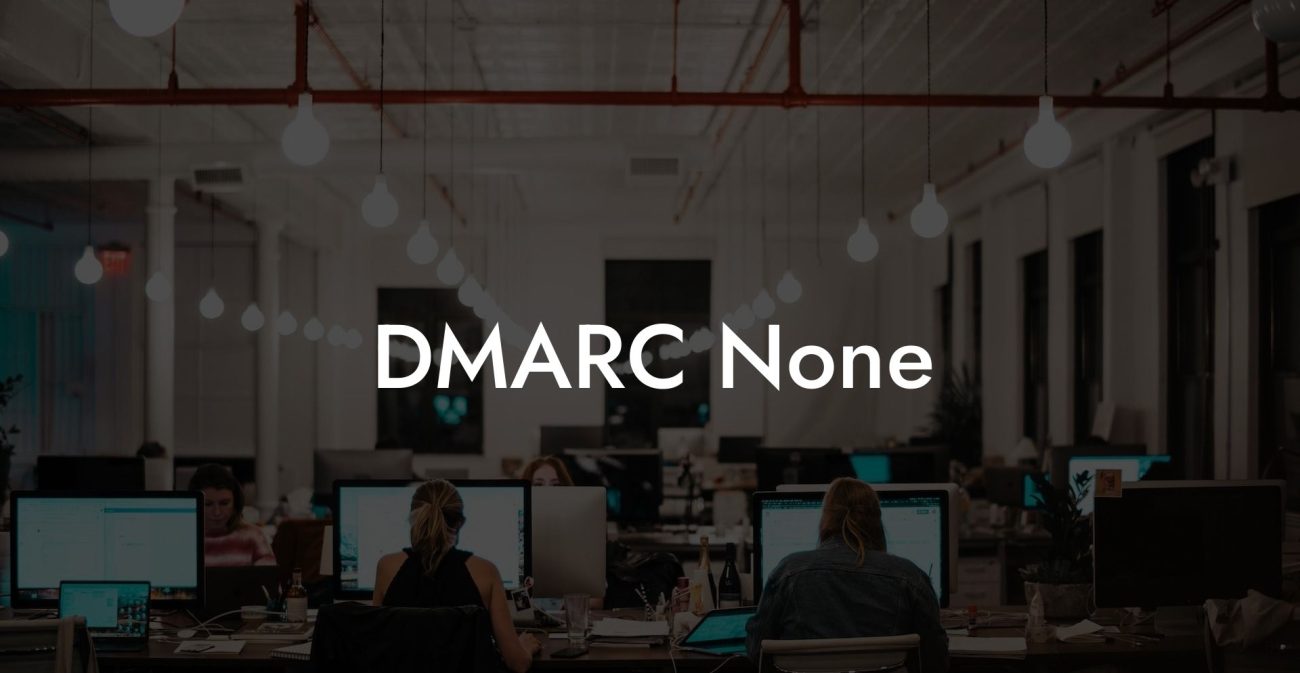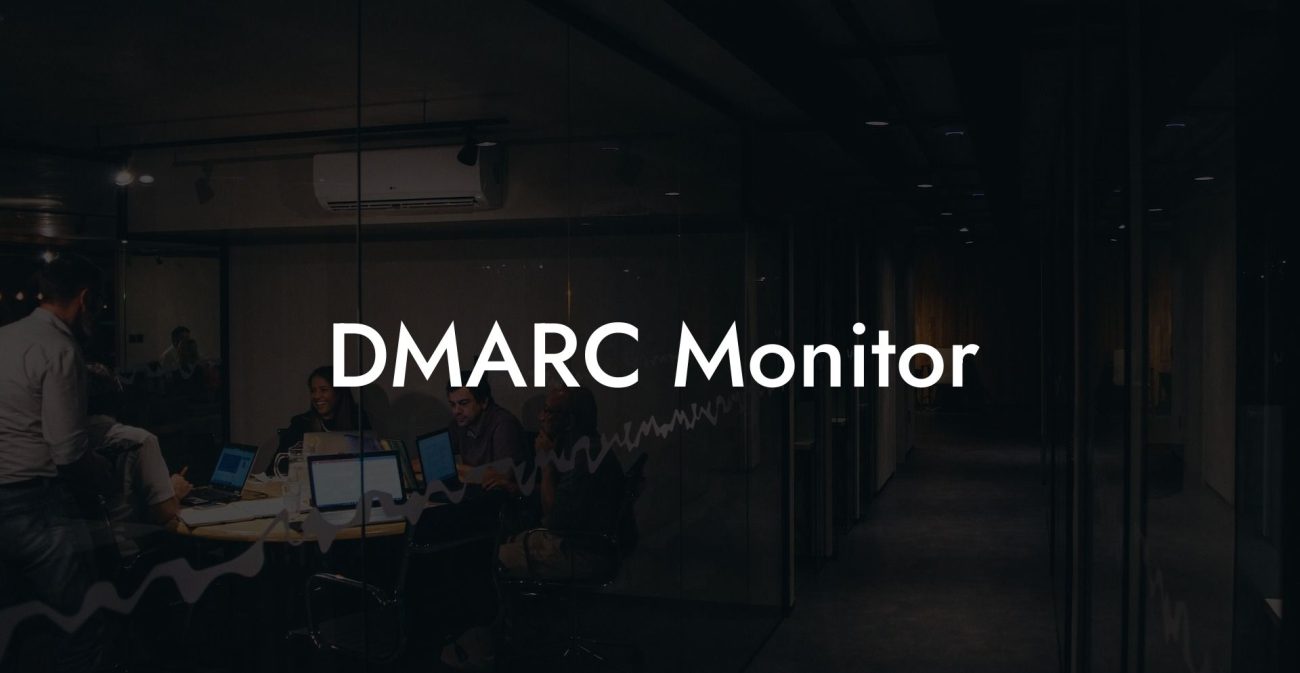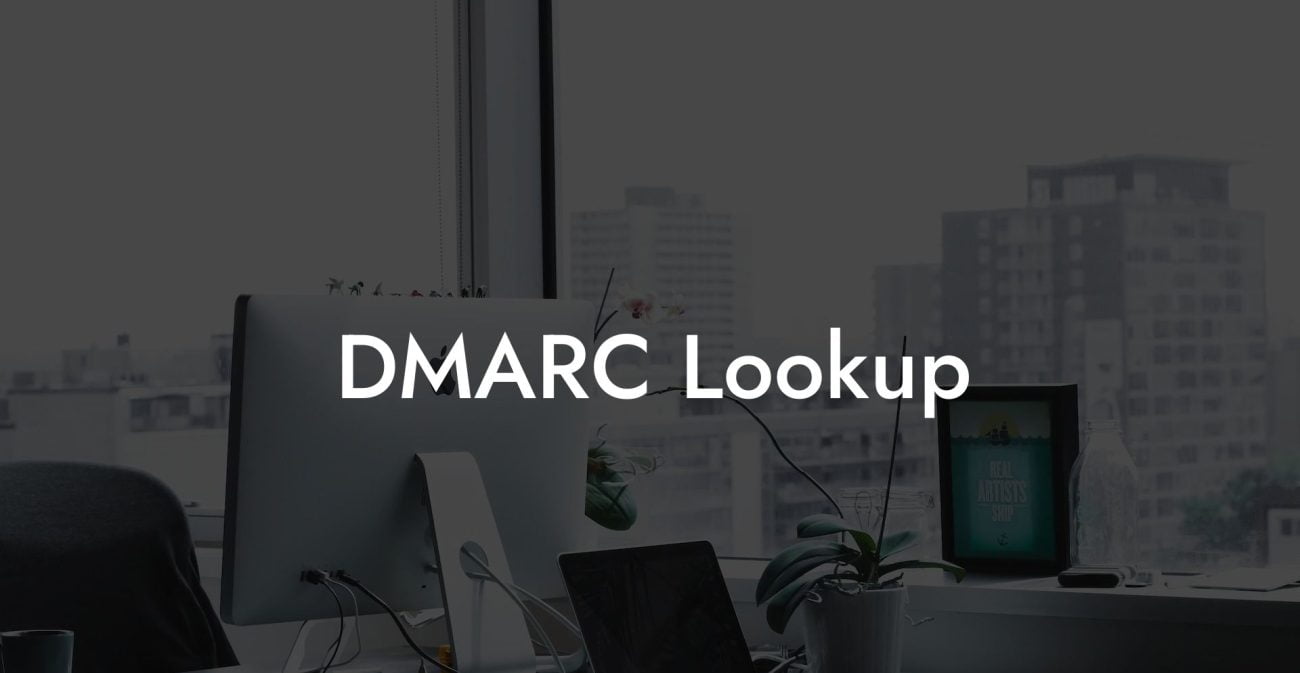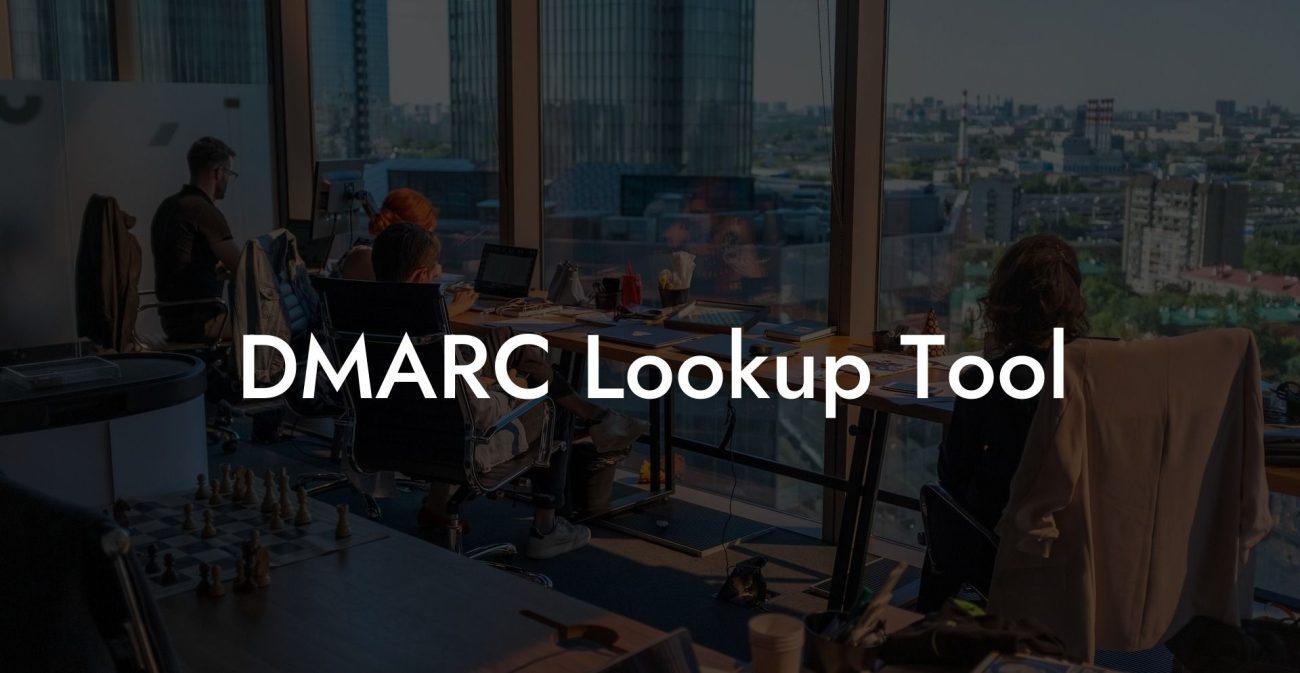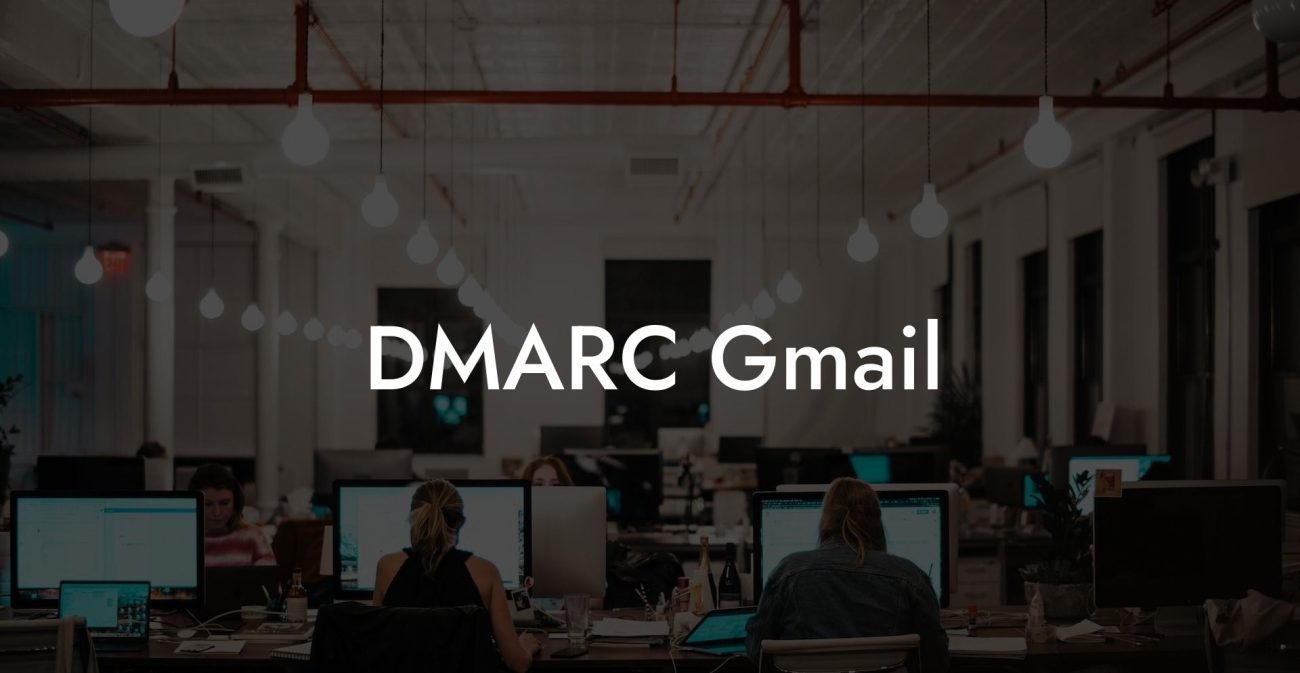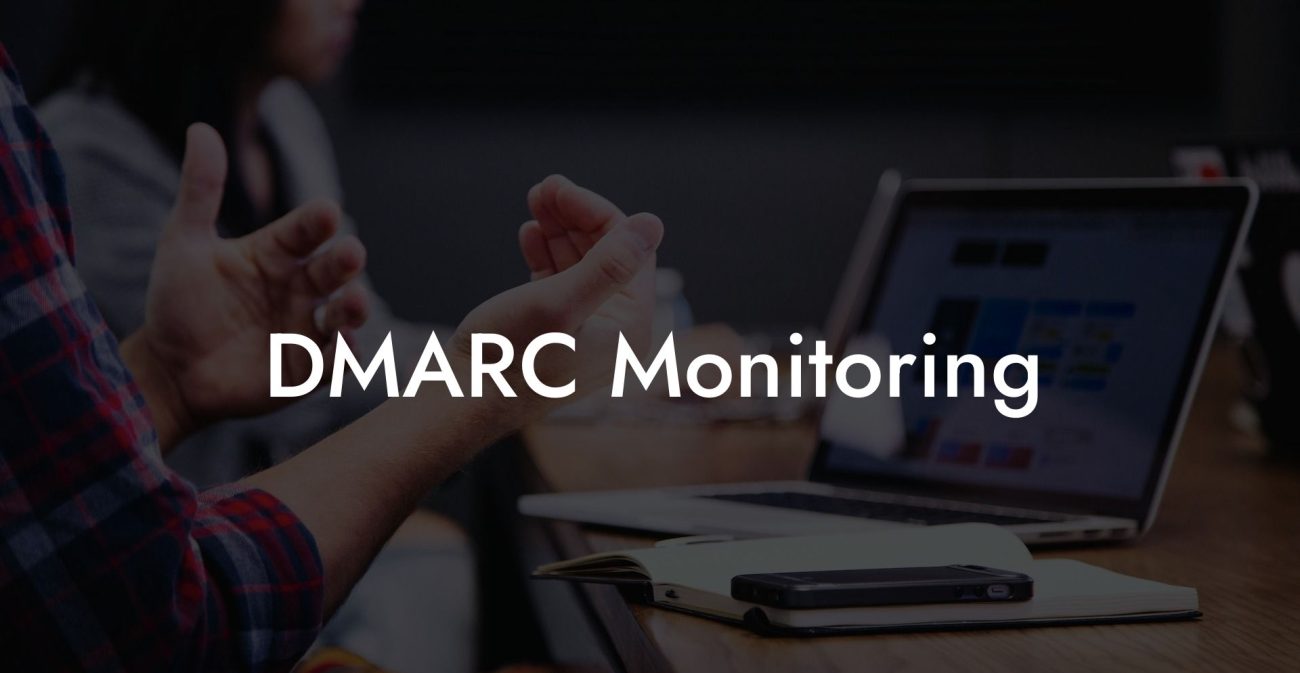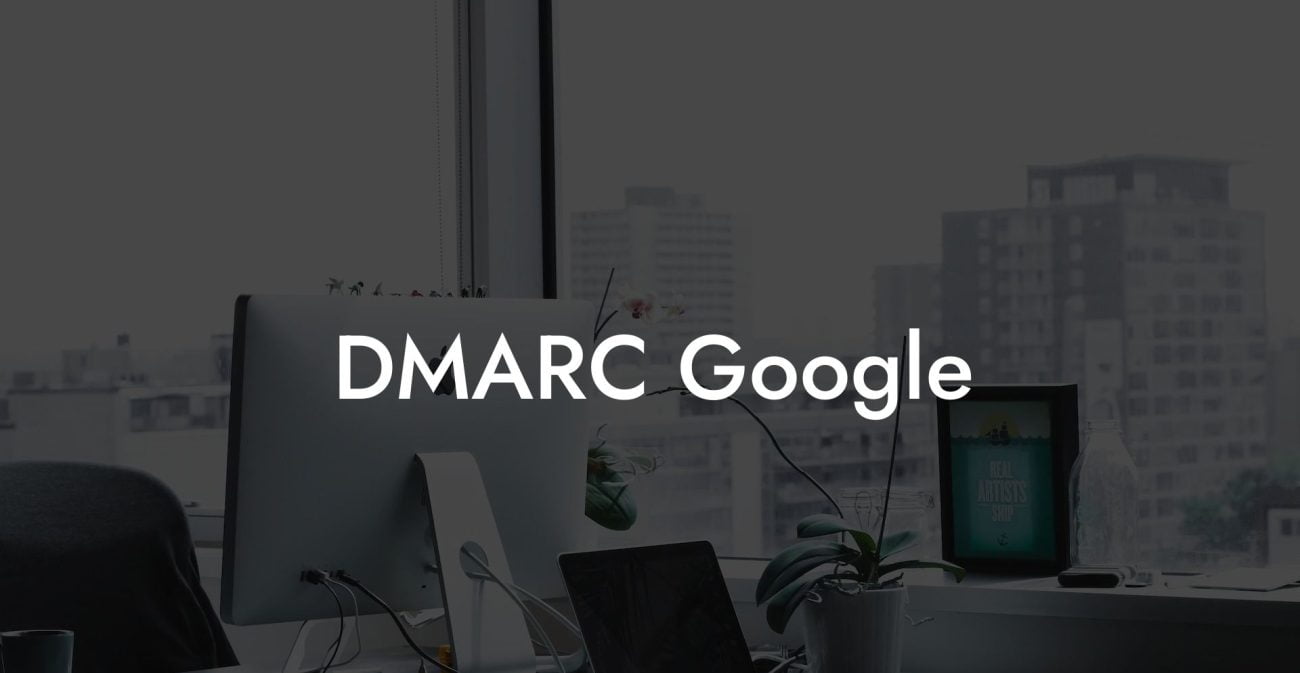The world of email security is a complex and ever-evolving landscape. One important aspect that has emerged in recent years is email authentication. In this article, we will dive into one of the essential email authentication protocols, DMARC, and explore its importance in the fight against email fraud, including voice phishing. Discover how DMARC works, why it's essential for businesses, and how to implement it effectively.
What Is DMARC In Email Table of Contents
Understanding DMARC
DMARC, which stands for Domain-based Message Authentication, Reporting & Conformance, is an email authentication protocol that protects email domains from unauthorized use, such as phishing and spoofing attacks. It serves as a layer of security to ensure that the sender's email address is legitimate and not used for malicious purposes.
How DMARC Works
Protect Your Data Today With a Secure Password Manager. Our Top Password Managers:
DMARC builds upon two other email authentication protocols, which are SPF (Sender Policy Framework) and DKIM (DomainKeys Identified Mail). The combination of these three protocols allows domain owners to set rules and guidelines on how an email should be processed by receiving mail servers if the email fails SPF or DKIM authentication checks.
Benefits of Implementing DMARC
- Protection against phishing attacks: DMARC ensures that only authorized senders can send emails using your domain, minimizing the risk of phishing attacks and protecting your brand and customers.
- Enhanced email deliverability: With DMARC in place, ISPs and mail servers are more likely to trust your email messages, resulting in higher email delivery rates.
- Visibility and control: DMARC provides reporting on all emails sent using your domain, enabling you to monitor and identify any potential issues or trends that could impact your email security.
Implementing DMARC
Putting DMARC into practice involves several steps:
- Implement SPF and DKIM: Before implementing DMARC, you must first set up SPF and DKIM authentication to ensure your email is correctly authenticated and authorized.
- Create a DMARC policy: Develop a policy that outlines what actions should be taken if an email fails the SPF or DKIM checks. This policy will be published in your domain's DNS records.
- Monitor and analyze reports: Receiving DMARC reports from ISPs and mail servers will give you valuable insight into your email authentication setup and help identify and fix potential issues.
- Enhance your policy: As you gain confidence in your email security, you can increase the strictness of your DMARC policy, providing even greater protection against email fraud.
What Is DMARC In Email Example:
Let's take a look at how DMARC works in a real-life scenario:
Imagine a cybercriminal attempting to launch a voice phishing attack by impersonating a reputable brand, creating an email that closely resembles the brand's legitimate messages. The attacker crafts an email using the brand's domain, attempting to trick recipients into believing the email is genuine.
However, the brand in question has implemented DMARC and has a strict policy in place. As the cybercriminal sends the phishing email, the recipient's mail server conducts SPF and DKIM checks. Since the attacker is not authorized to send emails using the brand's domain, the email fails the authentication checks.
Because of the DMARC policy, the recipient's mail server takes action based on the guidelines set by the brand. In this case, the policy instructs the server to reject the email, preventing the phishing attempt from reaching its target.
Now that you have a better understanding of DMARC and its crucial role in email security, it's time to evaluate your email authentication setup. By implementing DMARC, you can protect your brand, customers, and business from phishing attacks and ensure a more secure email ecosystem. If you found this article helpful, be sure to share it with others and explore our other guides on Voice Phishing for tips, insights, and best practices to improve your cybersecurity measures.
Protect Your Data Today With a Secure Password Manager. Our Top Password Managers:

